Jan 20, 2023 10:29:02 AM
Biological Activity and Therapeutic benefits of CBD and THC
By Biotage

Here is an overview of the biology and some of the terms that are used in this industry, and that you will see referred to many times. After that, we'll then look at what makes these plant extracts so unique.
Cannabis is one of a genus of plants known as Cannabaceae. There are two main species of this plant (1).
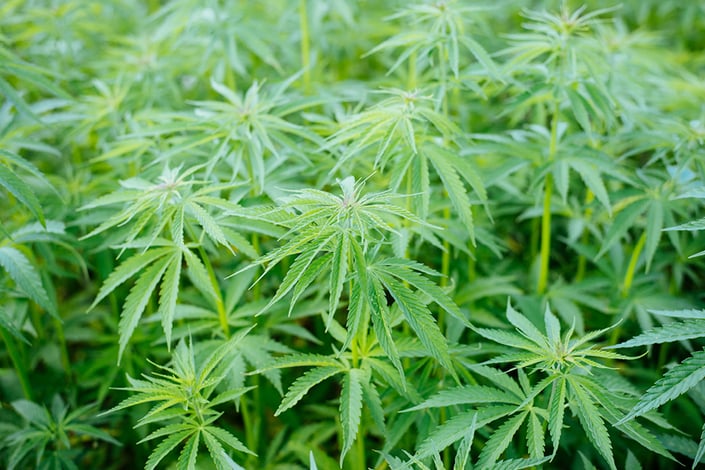
Cannabis indica
Indica plants, short and bushy, are suited for producing medical marijuana. It is marijuana that contains the psychoactive compound THC, or delta-9 tetrahydrocannabinol, the compound responsible for causing the high. Components of these extracts are often used as a starting place for purifications which isolate compounds or groups of compounds for therapeutic benefit.
Cannabis sativa
Sativa plants are taller and more fibrous than indica and are the species from which hemp cultivation arose centuries ago. Hemp contains cannabinoids but has far lower amounts of THC, so has been a starting point for a lot of drug therapy endeavors. Hemp is also grown as an industrial crop for the production of fibers in the textile and building industries.
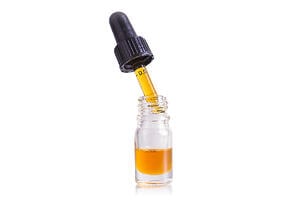 CBD is a natural oil which is extracted from the flowers and leaves of the cannabis plant. ‘Broad spectrum’ CBD oil contains a variety of active compounds such as cannabinoids and terpenes. There are well over 100 such compounds, some which act alone, and some which act together in the body (called the 'entourage effect'), which is what makes this more complicated. There is a whole debate about whether to isolate single components for therapeutic benefit or more natural and native groups of chemicals from these plants for maximum effect - but we're not going to delve into that in these articles. In general, terpenes (2) are very common chemicals found in plants, and usually find applications as flavors and fragrances in the perfume industry. Cannabinoids from plants are technically called phytocannabinoids. As we described in the first article, the phytocannabinoids mimic natural body compounds called endocannabinoids that are produced by all mammals.
CBD is a natural oil which is extracted from the flowers and leaves of the cannabis plant. ‘Broad spectrum’ CBD oil contains a variety of active compounds such as cannabinoids and terpenes. There are well over 100 such compounds, some which act alone, and some which act together in the body (called the 'entourage effect'), which is what makes this more complicated. There is a whole debate about whether to isolate single components for therapeutic benefit or more natural and native groups of chemicals from these plants for maximum effect - but we're not going to delve into that in these articles. In general, terpenes (2) are very common chemicals found in plants, and usually find applications as flavors and fragrances in the perfume industry. Cannabinoids from plants are technically called phytocannabinoids. As we described in the first article, the phytocannabinoids mimic natural body compounds called endocannabinoids that are produced by all mammals.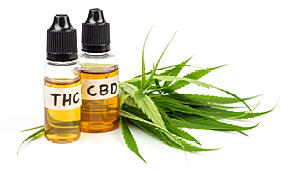
Cannabidiol (CBD) and tetrahydrocannabinol (THC) are the two most well-known Chemically, CBD is very similar to THC. In the chemical structure they are virtually identical, which the exception of one small difference. THC is the closed ring form of the structure and this tiny difference leads to very different effects in the body. It is also this small different in chemical structure that enables scientists to devise chemical purification procedures to isolate these.
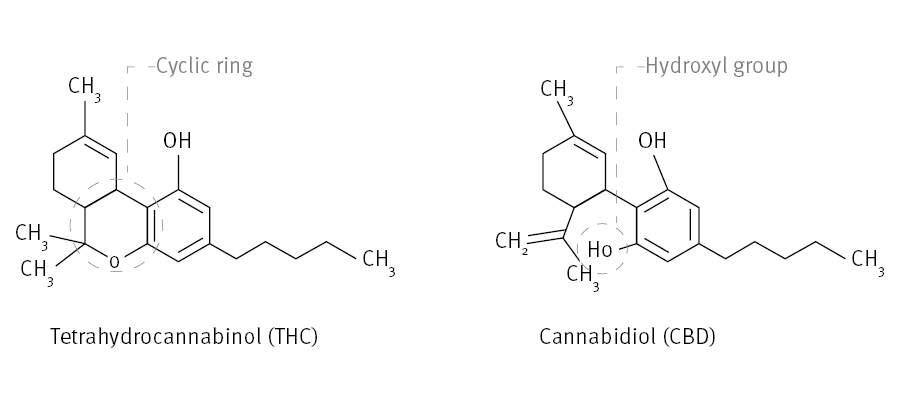
So, what do these cannabinoids do in the body?
The endocannabinoid system (ECS) has two components. Endocannabinoid receptors and endocannabinoids (neurotransmitters). The ECS has two main receptors, CB1 and CB2.
Endocannabinoids (neurotransmitters) interact with these receptors. These are classic 'hormones', i.e. chemical messengers produced by and used in the body. To understand more about the detail read on, else feel free to skip down to the therapeutic benefits table.
CB1 is a very common structure in nature, a 'G protein-coupled cannabinoid receptor' located primarily in the central and peripheral nervous system, abundant in the brain (3). It is activated by normal endogenous neurotransmitters, anandamide and 2-arachidonoylglycerol, as well as other naturally occurring compounds including those phytocannabinoids found in cannabis. The CB2 receptor interacts largely with the immune system.
How do CBD and THC work?
As a potent partial agonist of the CB1 receptor, THC directly stimulates it, leading to the psychotropic effects reported when consuming cannabis. CBD on the other hand, is classified as a negative allosteric modulator of CB1, meaning that when CBD binds part of the CB1 receptor, it changes the shape of the receptive binding part, making it more difficult for CB1 agonists, like THC to further stimulate that receptor (4).
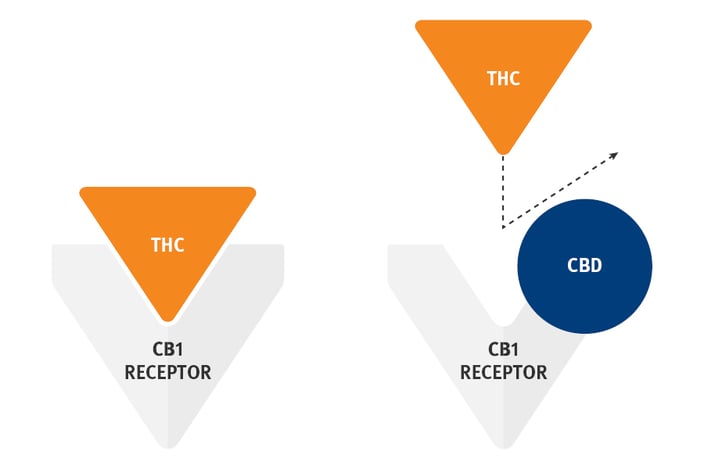
CBD doesn't trigger CB1 but effectively nullifies some of the receptors response and that's why it changes the effects it has on the human body. It is also the reason that CBD does not produce the psychotropic effects associated with THC, so it is itself a useful target in various therapies. THC and CBD are currently applied to a number of different therapeutic areas.
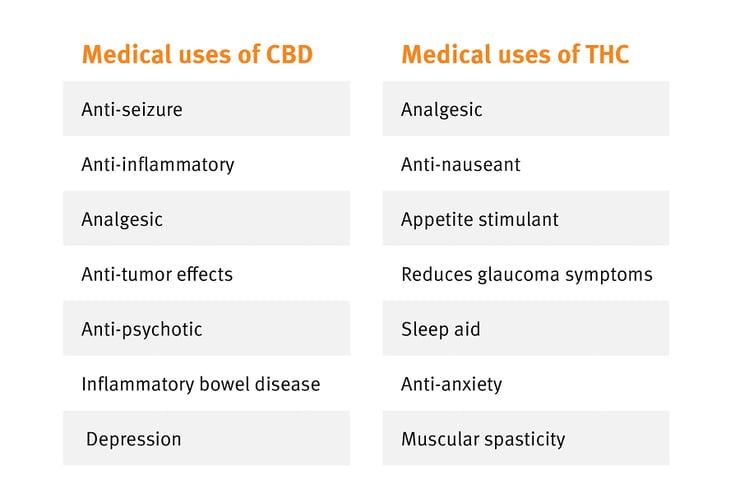
Where does Flash Purification fit in this?
Chemical purification technologies, such as flash purification can assist in the isolation of purer forms of CBD for medicinal and therapeutic applications which has immense commercial attractiveness. Click here to see how exactly people are deploying purification technology to this:
(1) https://www.healthline.com/health/sativa-vs-indica, https://en.wikipedia.org/wiki/Cannabis
(2) https://www.sciencedirect.com/topics/medicine-and-dentistry/terpene
(3) https://www.britannica.com/science/G-protein-coupled-receptor
(4) https://en.wikipedia.org/wiki/Cannabinoid_receptor_type_1, https://www.nature.com/articles/0803273, https://www.ncbi.nlm.nih.gov/pmc/articles/PMC1919431
Published: Jan 20, 2023 10:29:02 AM

